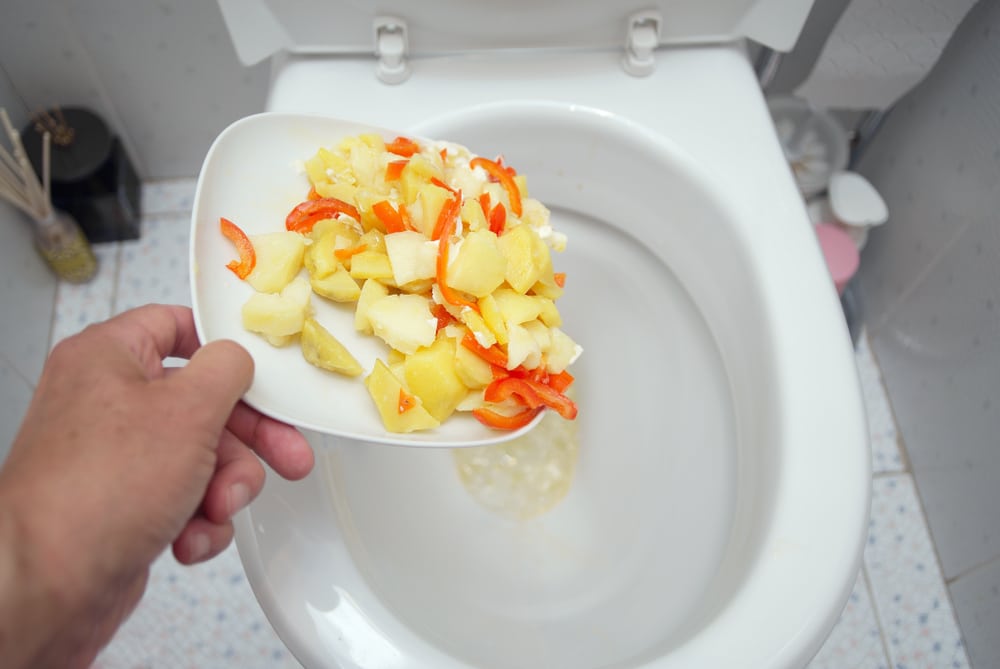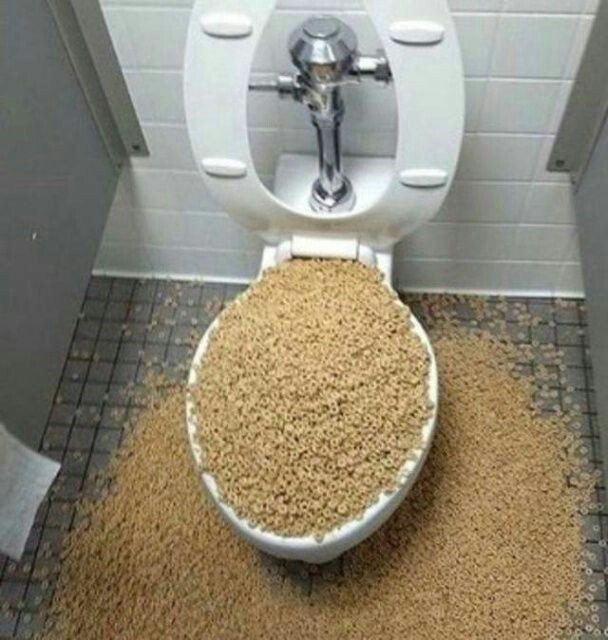Is it Allowed to Flush Food in the Toilet?
Is it Allowed to Flush Food in the Toilet?
Blog Article
This great article listed below in relation to Is it safe to flush food (especially rice) down the toilet? is extremely motivating. Try it and make your own assumptions.

Introduction
Lots of people are usually confronted with the predicament of what to do with food waste, specifically when it involves leftovers or scraps. One typical question that arises is whether it's okay to flush food down the commode. In this write-up, we'll explore the reasons that people may consider flushing food, the repercussions of doing so, and alternative techniques for proper disposal.
Reasons that people might think about purging food
Absence of understanding
Some people might not know the prospective harm triggered by flushing food down the bathroom. They might mistakenly believe that it's a safe technique.
Ease
Purging food down the bathroom might feel like a fast and simple solution to taking care of undesirable scraps, particularly when there's no neighboring trash can available.
Negligence
Sometimes, individuals might simply pick to flush food out of large negligence, without thinking about the consequences of their actions.
Effects of flushing food down the commode
Environmental effect
Food waste that ends up in waterways can contribute to contamination and injury water ecosystems. Additionally, the water utilized to flush food can stress water sources.
Pipes issues
Flushing food can lead to blocked pipelines and drains, causing costly plumbing repairs and inconveniences.
Sorts of food that should not be flushed
Coarse foods
Foods with fibrous textures such as celery or corn husks can get entangled in pipelines and cause blockages.
Starchy foods
Starchy foods like pasta and rice can soak up water and swell, bring about obstructions in pipelines.
Oils and fats
Greasy foods like bacon or food preparation oils should never ever be flushed down the commode as they can strengthen and cause clogs.
Proper disposal methods for food waste
Utilizing a waste disposal unit
For homes furnished with waste disposal unit, food scraps can be ground up and flushed with the pipes system. However, not all foods appropriate for disposal in this manner.
Recycling
Specific food packaging materials can be recycled, reducing waste and minimizing ecological influence.
Composting
Composting is a green means to dispose of food waste. Organic materials can be composted and used to enrich dirt for gardening.
The importance of appropriate waste management
Minimizing ecological harm
Correct waste administration practices, such as composting and recycling, assistance minimize contamination and maintain natural deposits for future generations.
Safeguarding plumbing systems
By avoiding the practice of flushing food down the bathroom, house owners can avoid expensive plumbing repairs and maintain the integrity of their pipes systems.
Final thought
Finally, while it may be appealing to purge food down the bathroom for comfort, it's important to recognize the prospective consequences of this activity. By adopting appropriate waste administration practices and dealing with food waste sensibly, individuals can add to much healthier pipes systems and a cleaner environment for all.
FLUSH FOOD DOWN THE TOILET?
FLUSHING FOOD CAN CAUSE BLOCKED DRAINS IN YOUR HOME
All of the plumbing fixtures in your home are connected to the same sewer pipe outside of your home. This outdoor sewer pipe is responsible for transporting all the wastewater from your home to the Council sewer mains. Even small pieces of food that go down the kitchen sink can cause problems for your sewer. It should therefore be obvious that flushing larger bits of food, such as meat, risks a clog in either the toilet itself or the sewer pipes. Flushing greasy food is even more problematic because oil coagulates when it cools, coating the interior lining of your pipes.
THE TOILET IS NOT A BIN
Food isn’t the only thing that people shouldn’t be flushing down the toilet. People use the toilet to dispose of all kinds of things such as tampons, makeup wipes, dental floss, kitty litter and even underwear. Water goes to great lengths to educate residents about the high costs and stress placed on wastewater treatment systems simply from people flushing the wrong stuff down the toilet. It costs taxpayers millions of dollars each year, and homeowners thousands in blocked drain repairs.
FLUSHING FOOD IS A WASTE OF WATER
Flushing food is a waste of our most precious resource - water. In June this year Level 1 water restrictions were introduced to protect water supply from drought conditions. Much of New South Wales continues to be affected by prolonged drought with recent figures revealing up to 97 per cent of the state remains in drought. Depending on whether you have a single or dual flush toilet, every single flush uses between five and 11 litres of water. In the current climate this is a huge amount of water to be wasting on flushing food that should be placed in the bin (or better yet, the compost).
https://www.jabplumbingsolutions.com.au/blog/can-you-flush-food-down-the-toilet

We were made aware of that write-up about Is it safe to flush food (especially rice) down the toilet? from a pal on a different web page. Are you aware of another person who is enthusiastic about the topic? Do not hesitate to promote it. We love reading our article about Is it safe to flush food (especially rice) down the toilet?.
Apply Now Report this page